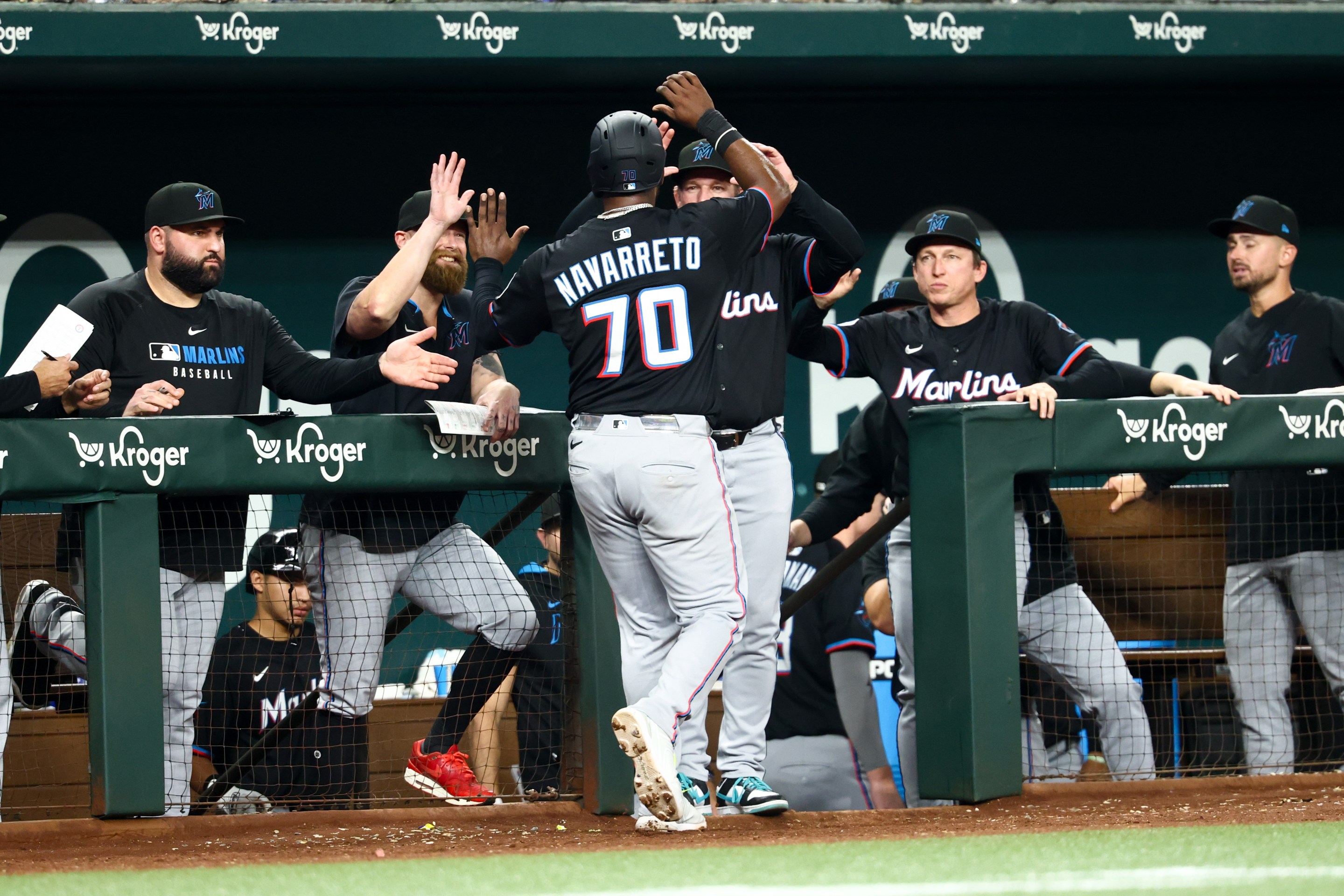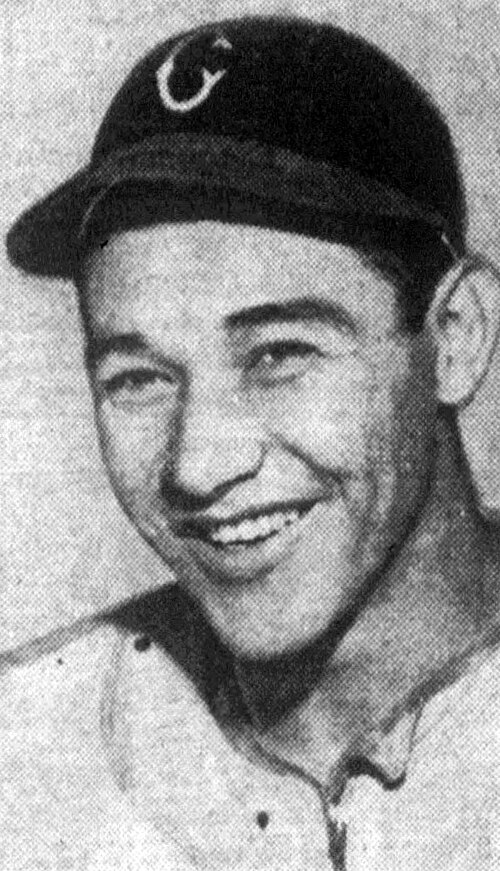Michael Kopech's first public appearance before White Sox media in months featured two different looks, before and after various interlopers with scissors and clippers lopped off his flaxen mane for charity.
Kopech's follicular journey -- branded less lyrically as the Big Kut -- was designed from the start to raise funds for the Ronald McDonald House and White Sox Charities, and from the quotes at the event, it almost sounds like the shearing resulted in Lucas Giolito's head on Kopech's shoulders:
“I hate to take too much credit for something that’s not really … it’s much bigger than me. I just want to make a contribution to something that has a purpose. I’m in a position to where I don’t have much to complain about, and yet I found myself complaining. I’m in a position where I can actually help people who are less privileged than I am. I feel like if I don’t do something with that, I’m failing myself and my community.”
As for Kopech's arm, it'll be one of the primary reporting assignments for reporters and scouts alike in Arizona next month. The initial reports from his instructional league appearances said he was rusty but working in his old velocity range, which hopefully makes this self-assessment more about his approach than his limitations.
Kopech has long been promised as a flamethrower that can touch ungodly speeds like 101, 102 and 103 miles an hour on the radar gun. He'll still be able to do that, he says, but there will be a difference.
"I don't know if I'm going to necessarily be that type of power pitcher again in my career," he said Wednesday. "I think I'm going to be a little bit smarter and cautious about how I pitch. That being said, velocity will always be a part of my game."
* * * * * * * * *
Kopech also made an appearance on Baseball America's Top 100 Prospects list. He was among four White Sox farmhands to make the cut, even if his stock took a slight hit due to his absence (last year's preseason rank in parentheses)
- Luis Robert, No. 2 (76)
- Andrew Vaughn, No. 30 (n/a)
- Michael Kopech, No. 33 (21)
- Nick Madrigal, No. 48 (43)
It's intuitive that Kopech would lose ground due to injury concerns, but it's a little surprising that Madrigal's full, productive season wasn't enough to move the needle. The BA staff says his exit velocity doesn't move the needle, either, and that gives them pause.
Will Madrigal hit the ball hard enough for his elite bat-to-ball skills to make an impact?
Madrigal’s contact ability is better than almost anyone in the minors or majors, but he is extremely aggressive (nearly 40 percent of his plate appearances finished in fewer than three pitches) and he does not hit the ball particularly hard. Madrigal’s 85 mph average exit velocity is among the worst for hitters in the Top 100. There are few consistently productive hitters who hit the ball as softly that often. Mets infielder Jeff McNeil had an 85 mph average exit velocity in his 2018 MLB debut. He bumped his exit velo up by three mph in 2019 and saw his offensive impact jump as well.
In the same article, BA also references Robert's startling production on two-strike counts as either good (he hangs in there) or bad (he still gets into a lot of bad counts). It's a valid point, but when you see that only Wander Franco rated higher on the Top 100 list, it must not be a concern they weigh that heavily.
If you want to hear the pros/cons balance in audio form, I'd recommend listening to the Baseball America Podcast episode about the White Sox's top 10 list. Kyle Glaser and Josh Norris spend some time talking about Robert's potential issues with plate discipline, but the enthusiasm about the rest of his skill set wins out. And even though the White Sox's prospect list drops off precipitously after the first four, they're equally optimistic about the team's bigger picture.





